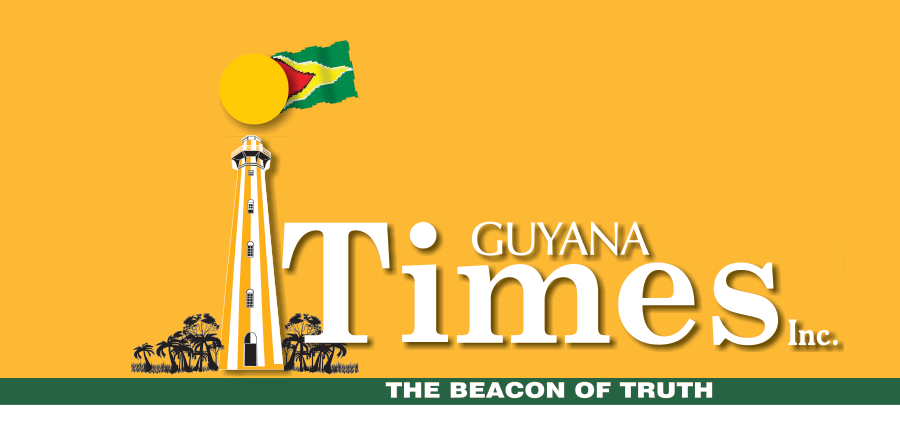
Guyana has intensified its national effort to eliminate lymphatic filariasis, launching a renewed mass drug-distribution campaign across Regions Three and Four. The initiative, led by the Ministry of Health in partnership with the Pan American Health Organisation/World Health Organisation (PAHO/WHO), marks the 2025 phase of the country’s push to eradicate the mosquito-borne disease that has impacted Guyanese communities for more than a century. The campaign was officially launched Friday, October 31, on the tarmac of the National Cultural Centre in Georgetown, signalling a strengthened determination to achieve a filariasis-free Guyana by 2030. Health Minister Dr Frank Anthony underscored the importance of the initiative, describing it as a pivotal milestone in Guyana’s pursuit of the WHO’s disease-elimination targets.
“This morning, we continue a journey that began many years ago – a journey to rid our nation of a disease that has caused pain, disfigurement, and suffering for generations,” Minister Anthony stated. “We now have the science, the medicines, and the global support to finish this work once and for all.” Significant progress has already been made, with eight of the country’s 10 regions recording infection levels below the one-per cent elimination threshold set by the WHO. This year’s focus will be on Regions Three (Essequibo Islands–West Demerara) and Four (Demerara–Mahaica), which remain above the threshold.
Lymphatic filariasis is transmitted through bites from infected mosquitoes – including the Culex, Anopheles, and Aedes species. The microscopic worms they transmit can lodge in the human lymphatic system, eventually causing severe swelling of limbs and body parts, leading to conditions such as lymphoedema and elephantiasis, commonly known as “big foot”, and hydrocele. The disease can result in disability, stigma, and economic hardship. To break transmission, the Ministry has implemented a mass drug-administration (MDA) strategy using a triple-drug therapy – Albendazole, Diethylcarbamazine (DEC), and Ivermectin – which eliminates the parasites from the human body. Once treated, individuals no longer serve as sources of infection. More than 639 trained personnel will conduct house-to-house visits in Regions Three and Four, providing medication and educating residents on the importance of participation. Ongoing monitoring will be supported by PAHO/WHO through daily reporting and field oversight. Our success depends not only on science but also on people. We must reach every home, talk to every family, and ensure that everyone understands why taking these tablets matters,” the Minister emphasised. “This is how we protect each other and our nation.”
Ensuring public safety
Dr Anthony reaffirmed the Government’s commitment to eliminating filaria by 2030 and noted progress in eliminating other infectious diseases such as Chagas disease, leishmaniasis, leprosy, hepatitis C, and malaria. He highlighted recent regional training supported by PAHO and reduced treatment costs for hepatitis C, enabling free care nationwide. In the fight against malaria, Guyana has moved from control to elimination efforts, particularly in endemic Regions One, Seven, Eight, and Nine. The Minister added that eliminating long-standing diseases will allow Guyana to turn greater attention toward emerging public-health threats.
“As we fight these ancient diseases, we must free up space to deal with new and emerging infections. COVID-19 showed us the importance of preparedness. We must build resilient systems to respond swiftly to whatever comes next,” he said.
All eligible residents in Regions Three and Four are urged to participate in the campaign. Children under two, pregnant women, and individuals who are severely ill are exempt. “Let’s work hard together over the next few weeks to make this programme the most successful in our country’s history,” Minister Anthony concluded. Meanwhile, PAHO/WHO Guyana Representative Dr Kim Dickson reaffirmed the organisation’s support, noting that the campaign forms part of the PAHO Elimination Initiative – a regional strategy to end more than 30 communicable diseases by 2030. “Our goal is simple yet profound – to improve the quality of life for people and communities,” Dr Dickson said. “The Americas have proven that elimination is achievable when we work together. Today, Guyana stands once again as a trailblazer in public health.” Guyana remains one of the first countries in the region to adopt an integrated elimination strategy, targeting multiple priority diseases including lymphatic filariasis, canine rabies, and the prevention of mother-to-child transmission of HIV.
Guyana’s efforts to combat filariasis date back to the early 1900s, with previous interventions – including adding DEC to table salt – yielding partial success. The current triple-drug regimen, known as IDA, has proven far more effective.
Discover more from Guyana Times
Subscribe to get the latest posts sent to your email.













